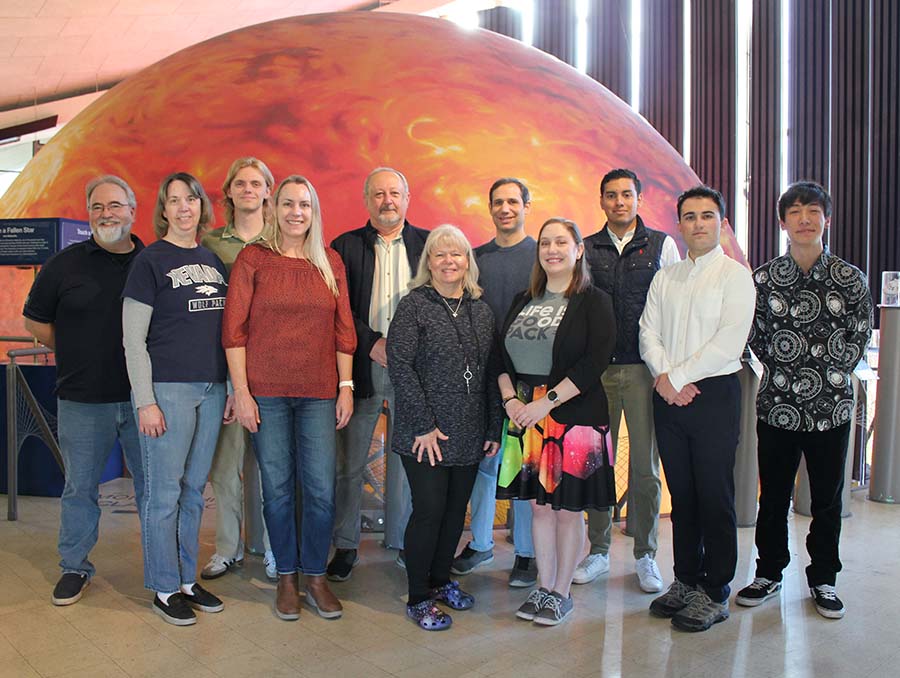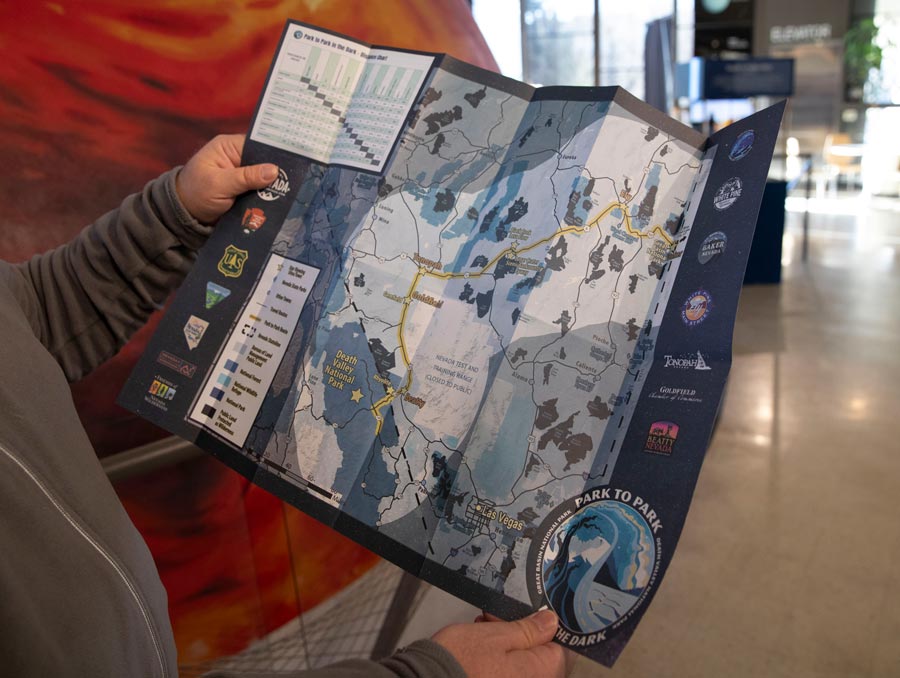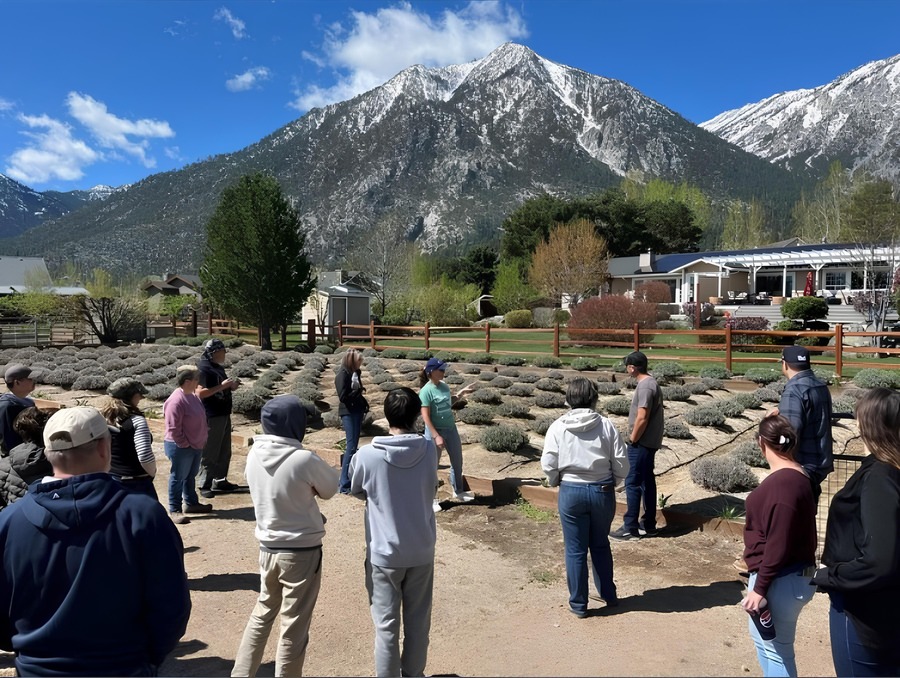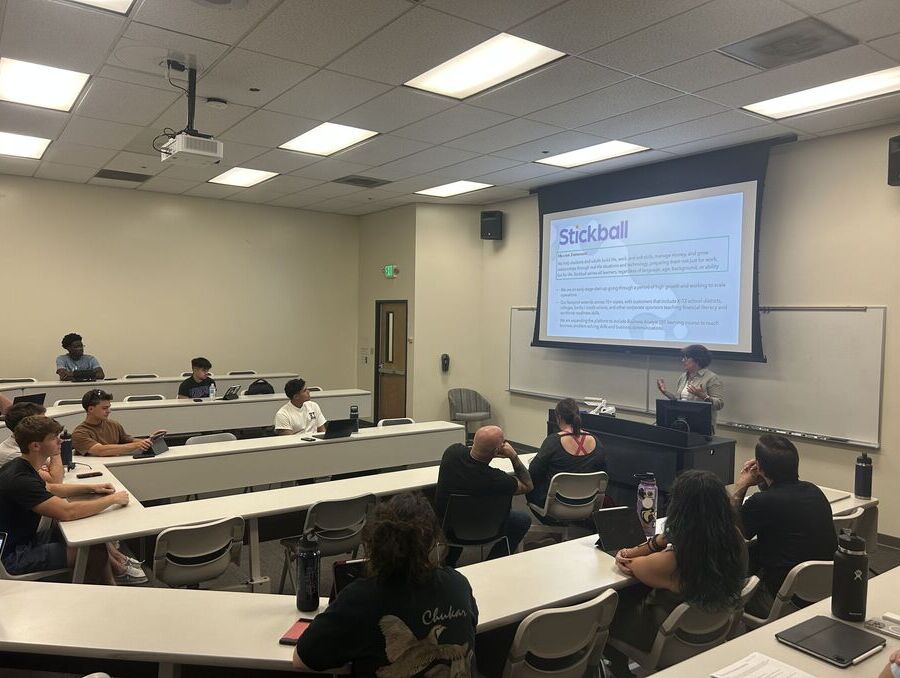Scott Allen has joined the College of Agriculture, Biotechnology & Natural Resources as an assistant professor who studies ecohydrology, stable-isotope hydrology and physiological ecology in the Department of Natural Resources & Environmental Science.
In the upcoming year, Allen is teaching two new courses, one of which is focused on watershed hydrology and management while the other is focused on using stable isotope ratios – atom-level chemical signatures in water, geological materials, and biological materials – to study ecological and environmental systems.
In addition to teaching these classes, he also conducts research on the processes that underlie interactions between ecosystems and the water cycle. As an ecohydrologist, Allen specializes in studying how plants in ecosystems impact the water cycle, and how water and associated physical processes structure the ecosystems themselves. Allen’s research addresses when and where plants take up water; how snowmelt and rainfall travel differently through ecosystems, hillslopes and catchments; and how ecosystem disturbances and physiological stressors affect terrestrial water and carbon balances. This research, performed as part of the College’s Experiment Station unit, helps create an understanding of how ecosystems are affected by changes to their physical environment.
One of Allen’s current projects probes how the interactions among plants in different Nevada arid-land ecosystems affect how much water they respectively use. He is specifically looking at how competition alters plants’ rooting strategies, which affects how deep the roots go and thus how much soil water is available to them. The study will improve understanding of how different management treatments or disturbances to rangeland systems influence the overall water budget of the landscape and, ultimately, how much water ends up in aquifers and streams.
“I believe that what I research, which includes process-level, basic investigations of how water cycling in ecosystems is affected by environmental change, allows us to better understand the water cycle at regional and continental scales,” Allen said. “The knowledge generated by this type of research can have especially large implications for water management in Nevada, the driest state in the US, because the fraction of precipitation used by plants is greatest in dry regions.”
Allen recently completed his post-doctoral research at the University of Utah, where he worked on quantifying the role of ecosystem structure and physiology on plant water use in the Great Basin and across the United States.
















